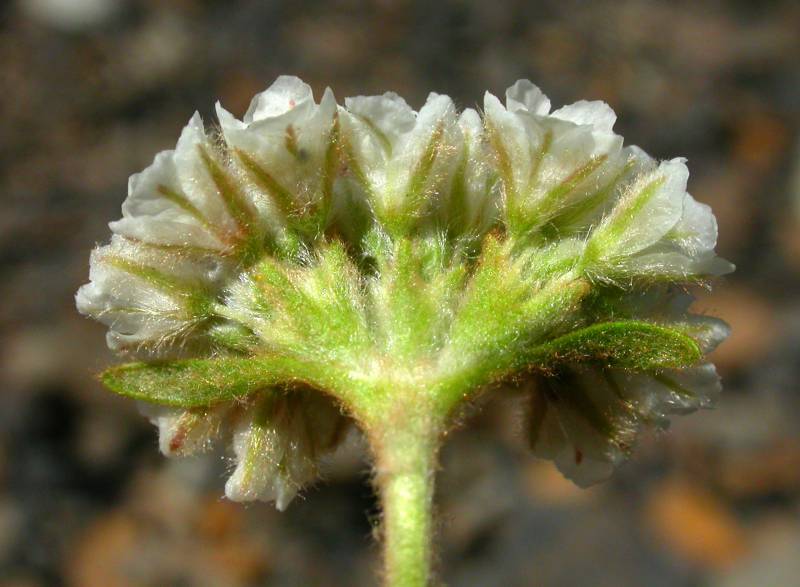Eriogonum gordonii
Eriogonum pyrolifolium
alpine buckwheat, oarleaf buckwheat, Shasta wild buckwheat
Basal and numerous, the blades elliptic to rhombic to ovate, yellowish-green, grayish on the under side, 1.5-4 cm. long by up to 2 cm. broad, on petioles about the same length.
Inflorescence subtended by two narrow bracts 10-20 mm. long;
involucres usually 3, narrowly cup shaped, 4-6 mm. long with a short stipe and broad, erect teeth 1 mm. long;
tepals white or greenish-white to pink or red, 4-5 mm. long, narrowly cup shaped;
anthers purple.
Eriogonum gordonii
Eriogonum pyrolifolium
Occurring chiefly east of the Cascades crest in Washington; British Columbia to California, east to Idaho and Montana.
- Local floras:
BC,
CA,
OR,
WA
- Local Web sites:
CalFlora,
CalPhotos,
Flora NW,
PNW Herbaria,
Turner Photog.
WildflowerSearch
iNaturalist (observations)
USDA Plants Database
- LBJ Wildflower Center
- SEINet
- Plants of the World Online
- Encyclopedia of Life
- Wikipedia
- Google Image Search


